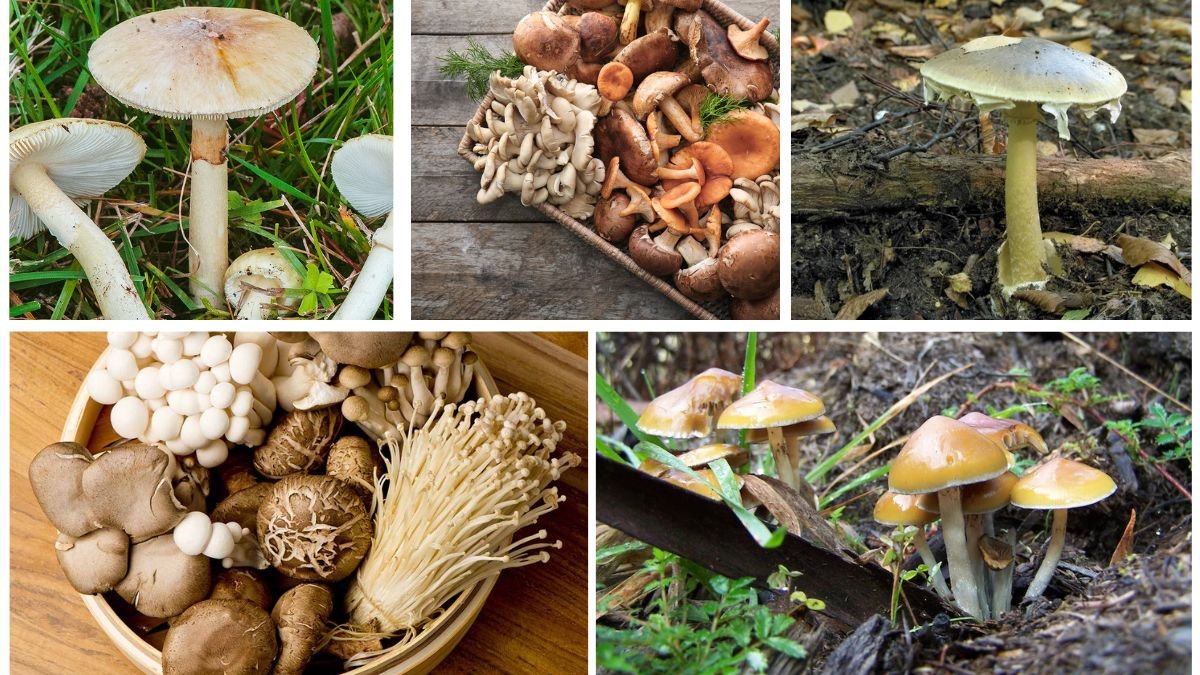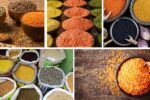Mushrooms are one of the most versatile foods in the world, celebrated for their unique flavors, nutritional richness, and culinary adaptability. From being the centerpiece in vegetarian dishes to enhancing soups, sauces, and gourmet meals, mushrooms hold a special place in global cuisine. Beyond taste, they are valued for their health benefits—rich in vitamins, minerals, protein, antioxidants, and even medicinal compounds that support immunity and overall wellness.
But when we ask the question—which country is the world’s top mushroom producer?—the answer leads us straight to China, which has transformed mushroom cultivation into a massive agricultural sector. Let’s dive into the details of global mushroom production, the reasons behind China’s dominance, and the broader implications for the world market.
Global Mushroom Industry at a Glance
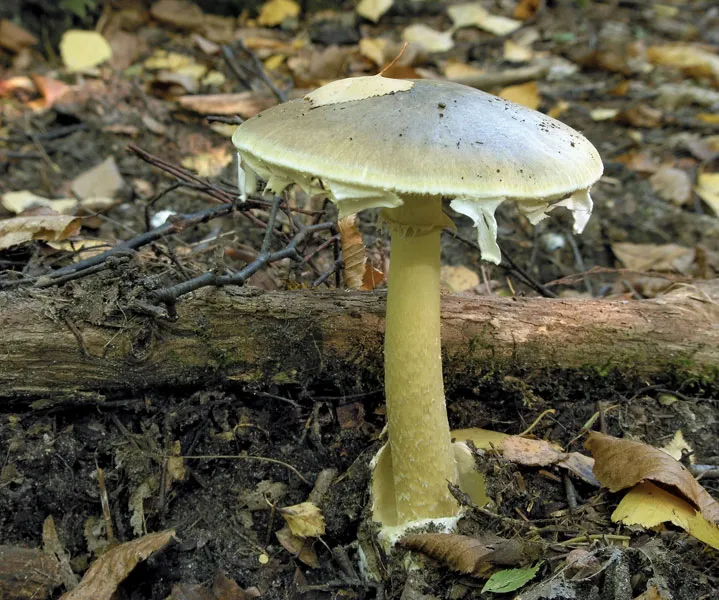
The global mushroom industry has grown rapidly over the last few decades. Mushrooms are no longer just wild-harvested; they are carefully cultivated on farms with controlled environments to meet the soaring global demand.
- Global Production: More than 40 million metric tons annually.
- Leading Producers: China, India, the United States, the Netherlands, Poland, and Italy.
- Major Types Cultivated: White button mushrooms (Agaricus bisporus), shiitake, oyster, enoki, portobello, maitake, and wood ear mushrooms.
This growth is fueled by rising consumer awareness of mushrooms as superfoods—low in fat, high in protein, and a sustainable alternative to animal-based proteins.
China: The World’s Top Mushroom Producer

Scale of Production
China is the undisputed global leader in mushroom production, accounting for nearly 75–80% of the world’s total output, which translates to more than 30 million metric tons annually.
Why China Leads
- Long Cultural History
Mushrooms, particularly shiitake, enoki, and wood ear, have been part of Chinese cuisine and medicine for over 2,000 years. Traditional Chinese Medicine (TCM) recognizes mushrooms for their immune-boosting and healing properties. - Diverse Varieties
China grows more than 20 types of edible and medicinal mushrooms, making it not just the biggest but also the most diverse mushroom producer. Shiitake mushrooms alone contribute a large portion of production. - Strong Domestic Demand
With a population exceeding 1.4 billion, mushrooms are a daily food staple across households, driving demand consistently higher. - Advanced Cultivation Practices
China has developed sophisticated mushroom farming technologies, from traditional log-based cultivation to modern climate-controlled systems. - Export Market
China exports significant quantities of fresh, dried, and processed mushrooms to countries worldwide, including the U.S., Japan, and Europe.
Other Major Mushroom Producers
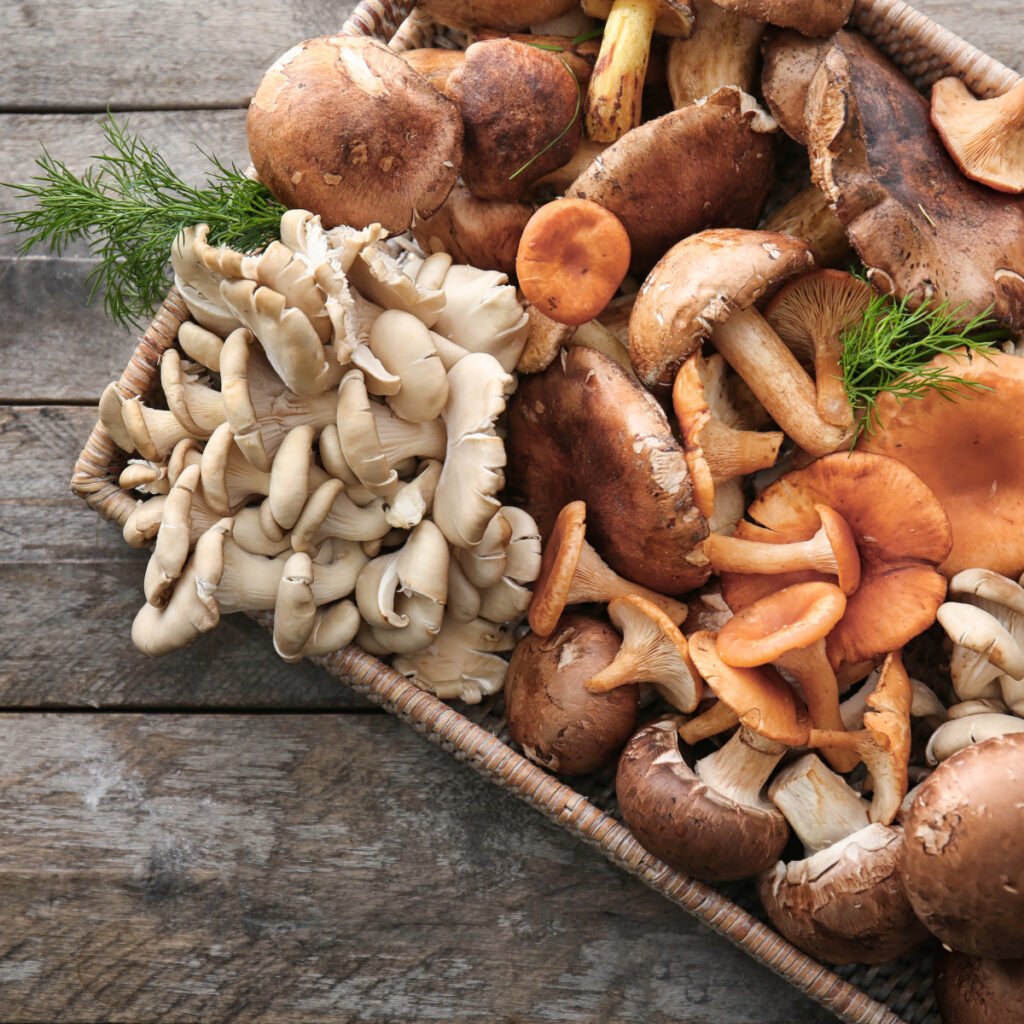
While China dominates, several other countries contribute significantly to global mushroom production:
1. India
- Annual Production: Around 1.2 million metric tons.
- Key Varieties: Button mushrooms dominate (over 70%), followed by oyster and milky mushrooms.
- Strengths: Low-cost labor, favorable climate in northern states like Himachal Pradesh, Punjab, and Haryana.
- Market Role: India is emerging as a leading exporter of fresh and canned mushrooms, mainly to the Middle East and Europe.
2. United States
- Annual Production: Around 900,000–1 million metric tons.
- Main Growing Regions: Pennsylvania leads, especially Chester County, known as the “Mushroom Capital of the World.”
- Key Varieties: White button mushrooms dominate, though gourmet mushrooms like shiitake and oyster are growing in popularity.
- Consumption Trend: The U.S. has one of the highest per capita mushroom consumptions in the world, driven by plant-based diet trends.
3. Netherlands
- Annual Production: Approximately 300,000–400,000 metric tons.
- Strengths: Highly mechanized farming and advanced greenhouse technology.
- Export Power: The Netherlands is a leading exporter in Europe, supplying fresh mushrooms across the EU.
4. Poland
- Annual Production: Around 300,000 metric tons.
- Role: Poland is one of Europe’s largest mushroom producers and exporters, supplying primarily to Germany, the UK, and France.
5. Italy
- Annual Production: Around 200,000 metric tons.
- Culinary Role: Mushrooms, especially porcini, play an essential role in Italian cuisine.
- Specialty: Italy produces both cultivated and foraged mushrooms, making it unique compared to other nations.
6. Other Producers (UK, Spain, France, Canada, Australia)
These countries contribute smaller but important amounts, largely for domestic markets.
Nutritional and Health Value of Mushrooms
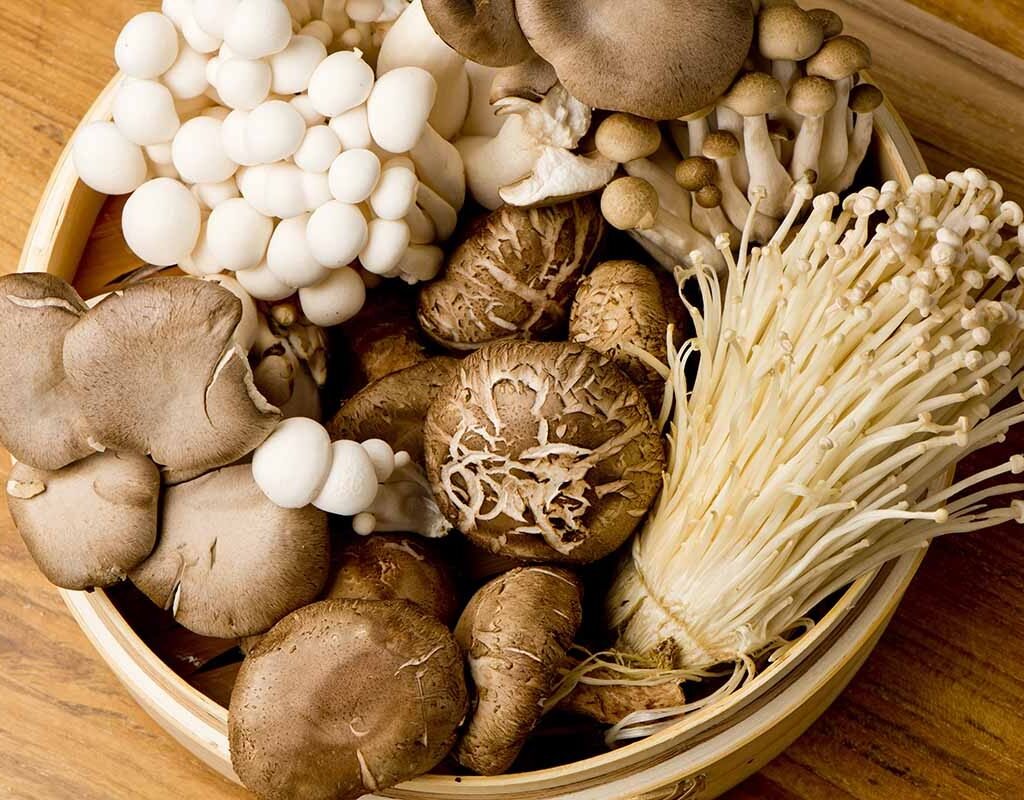
Mushrooms are often described as “functional foods” because they go beyond basic nutrition.
- Rich in Protein: Especially important for vegetarians and vegans.
- Low in Calories & Fat-Free: Ideal for weight management.
- Packed with Vitamins & Minerals: Including B vitamins, selenium, copper, and potassium.
- Immune Support: Compounds like beta-glucans strengthen immunity.
- Medicinal Properties: Shiitake, reishi, and maitake mushrooms are researched for anti-cancer, cholesterol-lowering, and antiviral properties.
These benefits contribute to their rising popularity in global health and wellness industries.
Challenges in Mushroom Production
Despite booming demand, mushroom cultivation faces several obstacles:
- Perishability
Mushrooms have a short shelf life and require specialized storage and transport, adding costs. - Labor-Intensive Cultivation
Many mushroom types require manual handling and constant care. - Market Volatility
Global prices fluctuate depending on weather, transportation, and international trade restrictions. - Competition with Plant-Based Alternatives
While mushrooms are popular, they face competition from soy-based and lab-grown meat alternatives.
Future Outlook of Mushroom Production
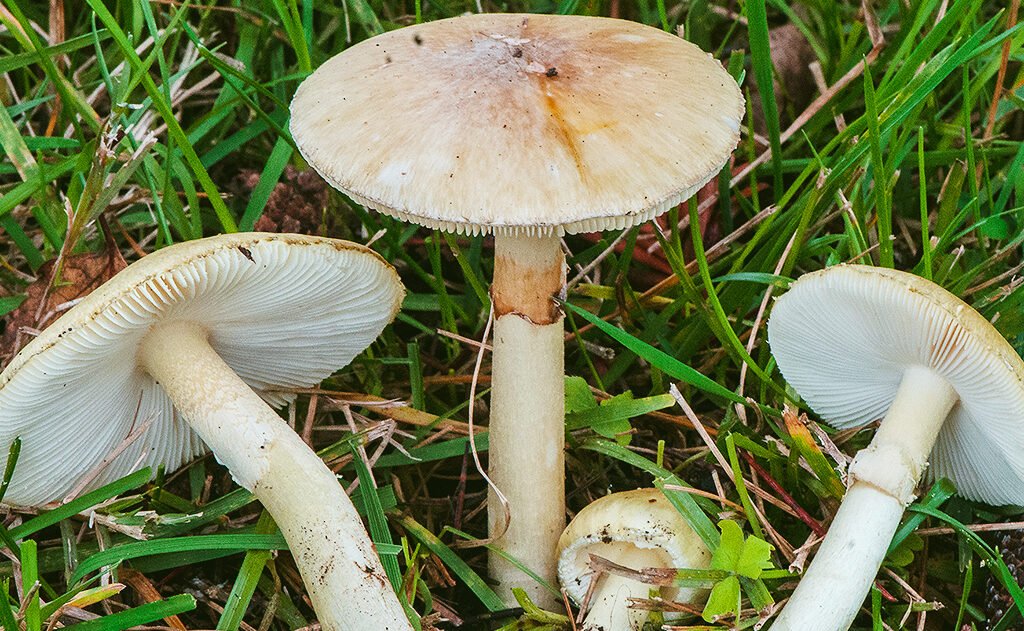
The future of mushroom farming looks highly promising as global demand continues to rise.
- Health & Wellness Trends
With plant-based diets gaining momentum, mushrooms are increasingly seen as a meat substitute due to their “umami” flavor and texture. - Sustainability
Mushrooms are considered one of the most sustainable crops—they require minimal water, no sunlight, and can grow on agricultural by-products. - Medicinal Mushrooms
Reishi, lion’s mane, and cordyceps are gaining global attention in the nutraceutical industry, opening new markets. - Technological Advances
Controlled-environment farming and vertical mushroom farms are expected to revolutionize production in urban areas.
Cultural and Culinary Importance of Mushrooms
- China & Japan: Shiitake, enoki, and wood ear mushrooms are staples in soups, stir-fries, and hotpots.
- Europe: Wild mushrooms like porcini, chanterelles, and morels hold a gourmet status.
- United States: Mushrooms are popular in pizzas, burgers, soups, and plant-based meat alternatives.
- India: Button mushrooms are widely used in curries, snacks, and pickles.
This cultural diversity reflects how mushrooms transcend borders, becoming both a culinary delight and a health food.
Conclusion
So, which country is the world’s top mushroom producer? Without doubt, it is China, producing nearly 80% of the global supply. China’s dominance is supported by its deep cultural ties to mushrooms, advanced cultivation techniques, massive domestic demand, and strong export capacity.
Other countries like India, the United States, the Netherlands, and Poland also play critical roles, shaping regional and global supply chains.
As mushrooms gain recognition as sustainable superfoods and natural medicines, global production is expected to rise further, with China continuing to lead. For consumers and farmers alike, the humble mushroom is far more than just a food—it is a symbol of how tradition, nutrition, and modern agriculture come together.
